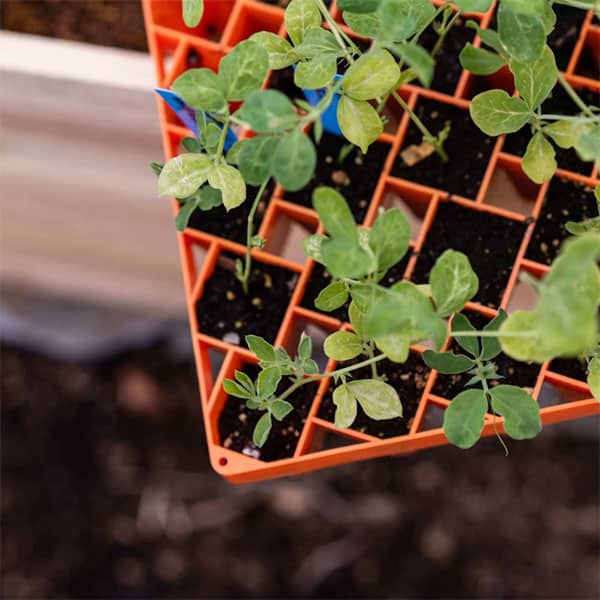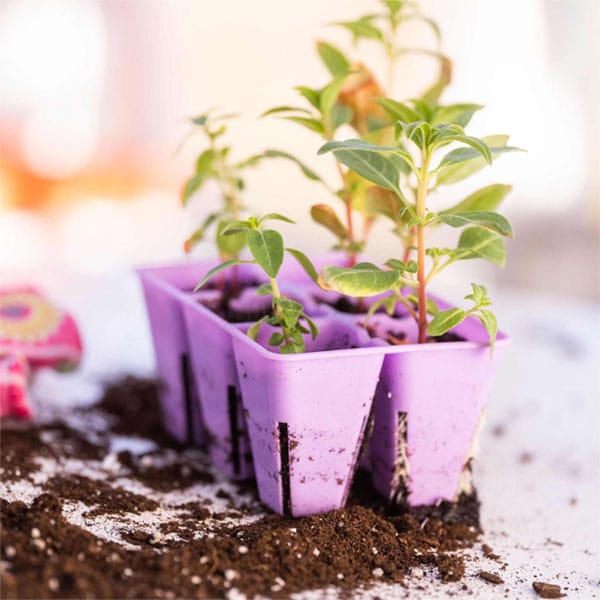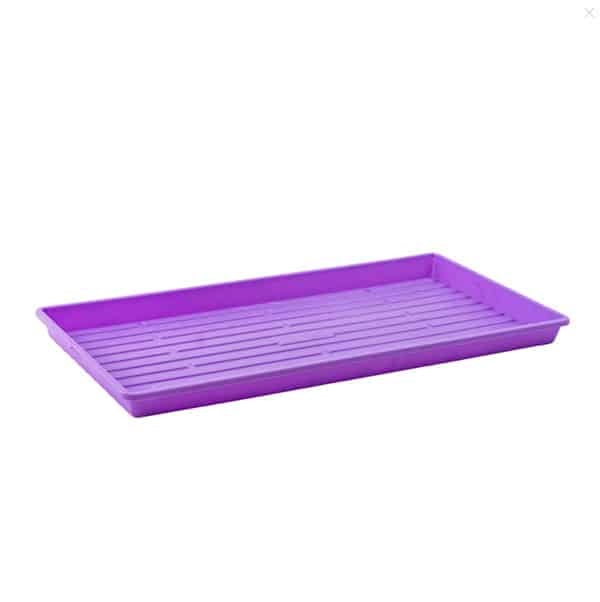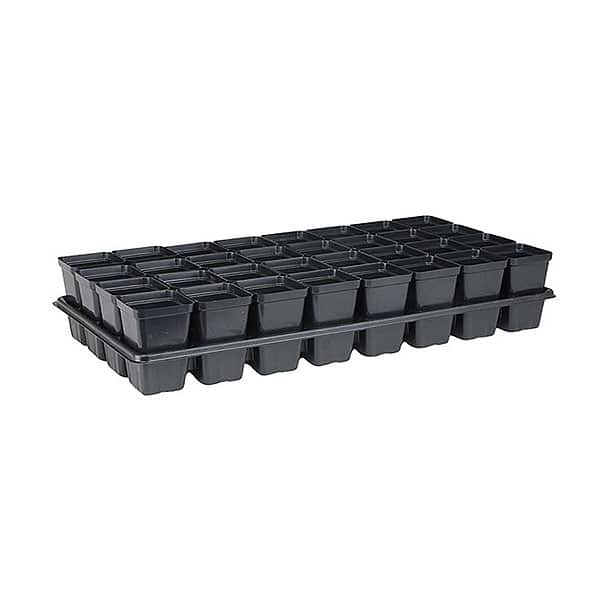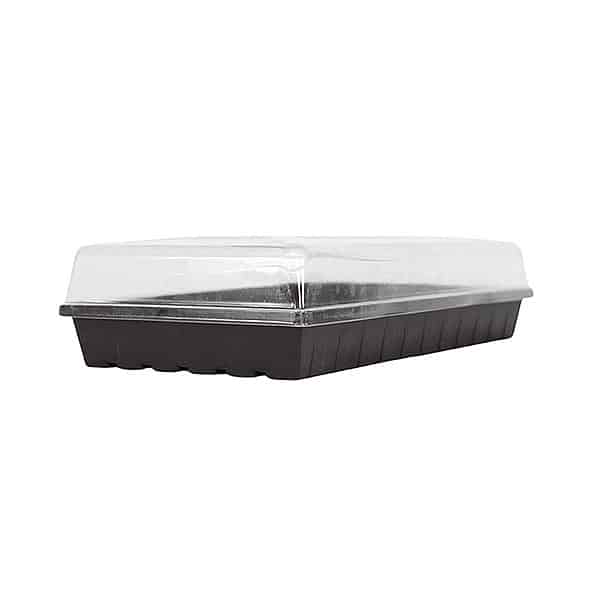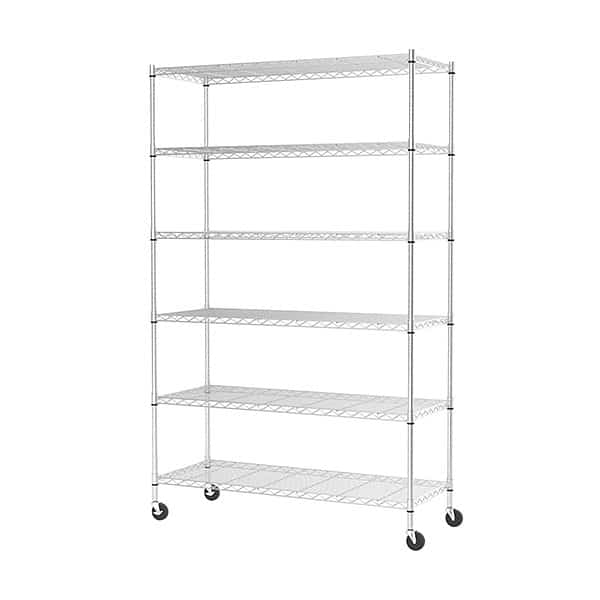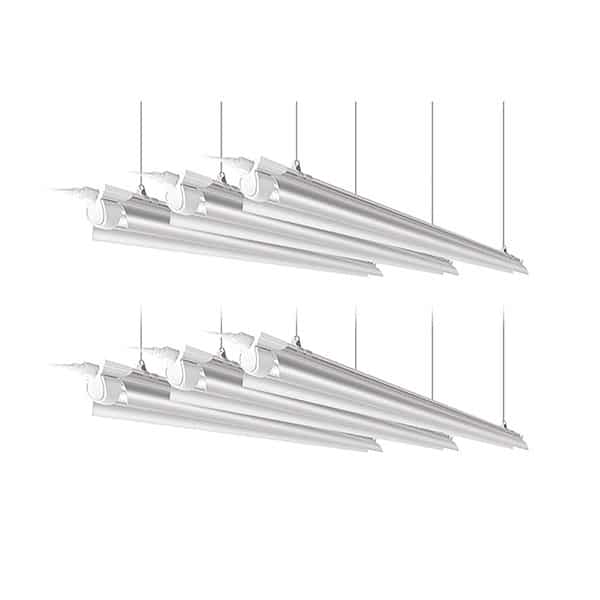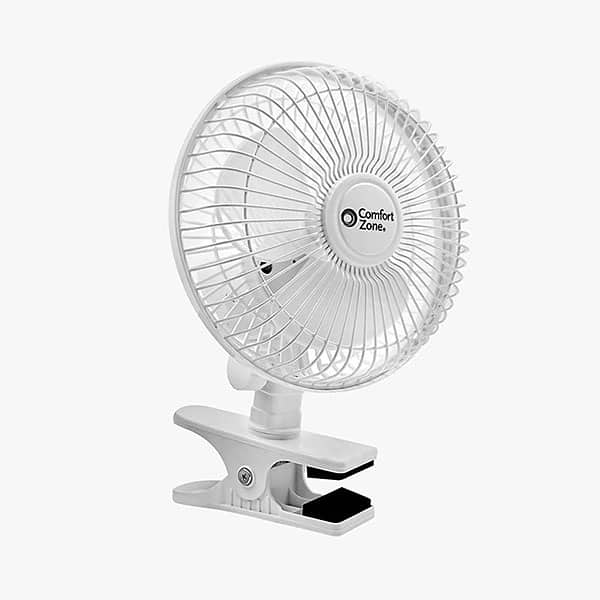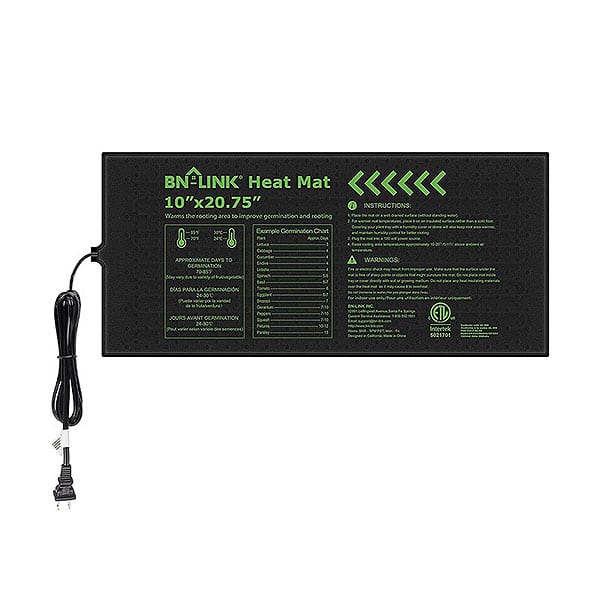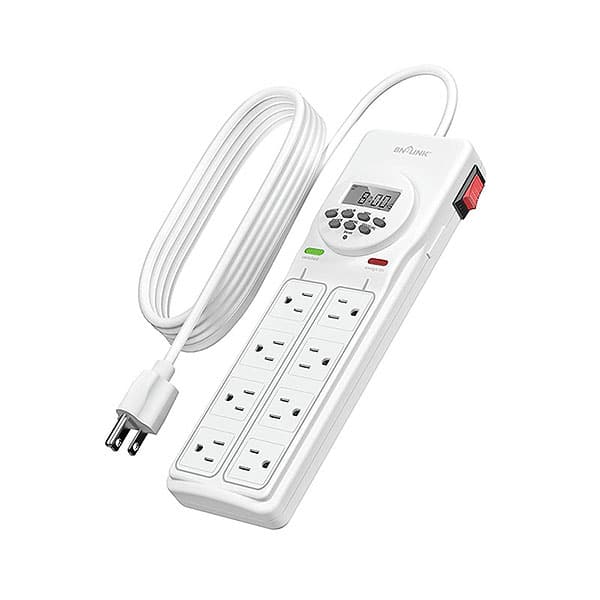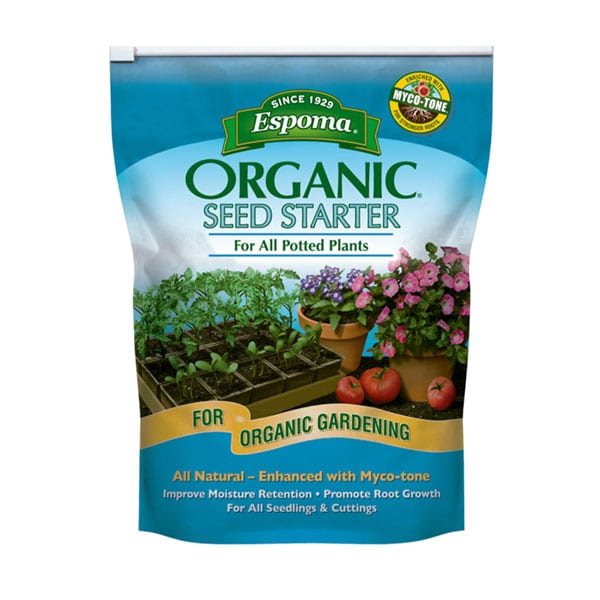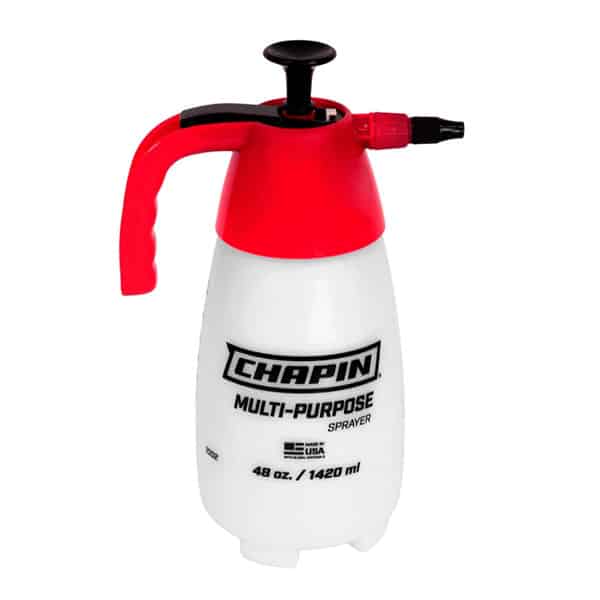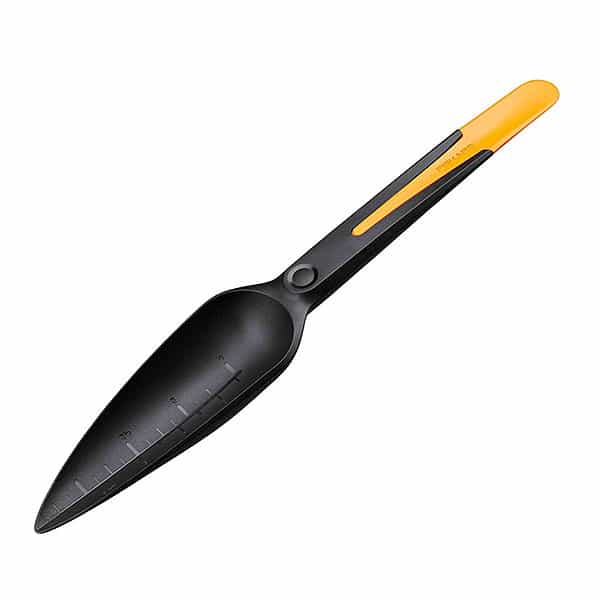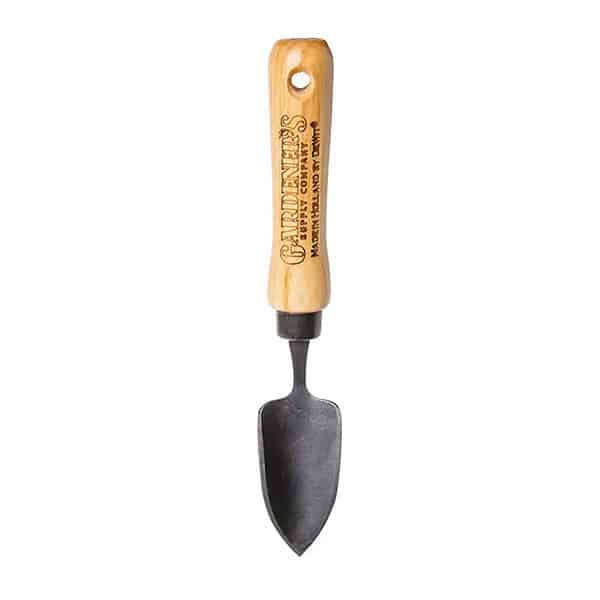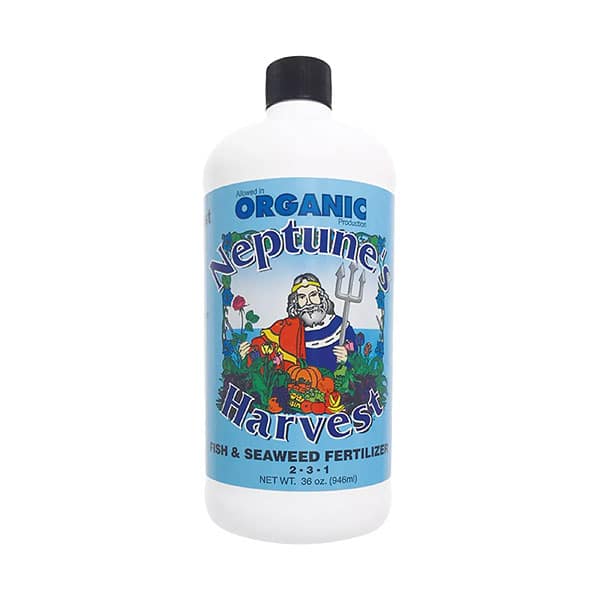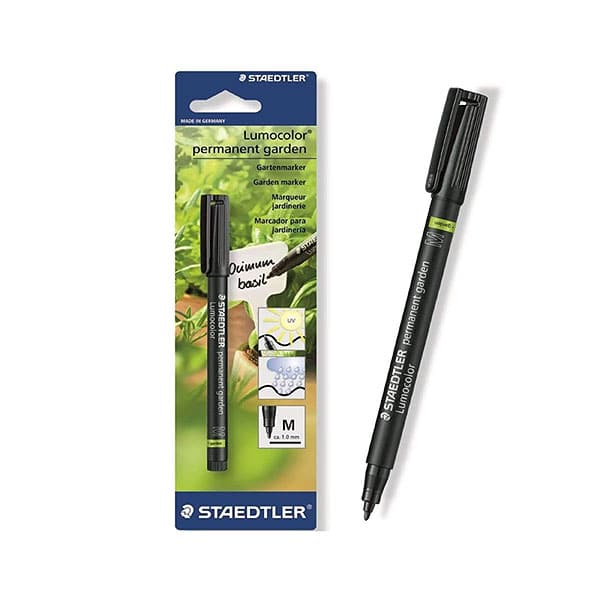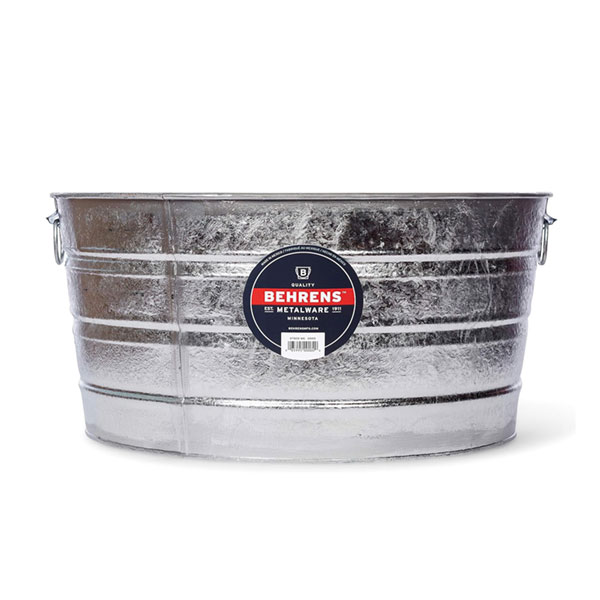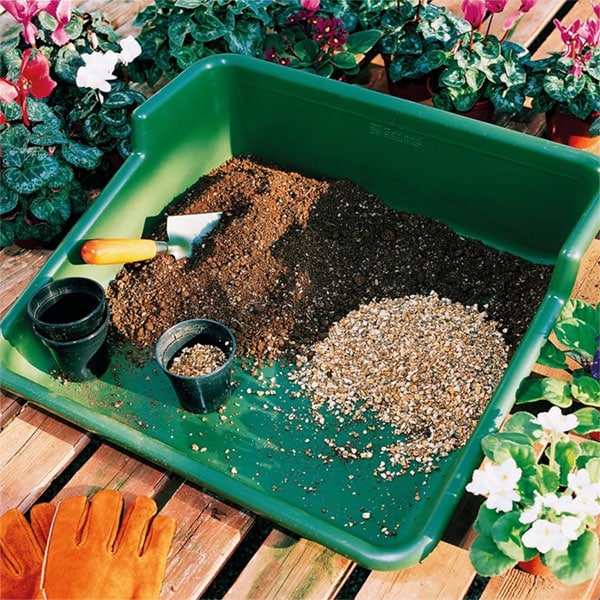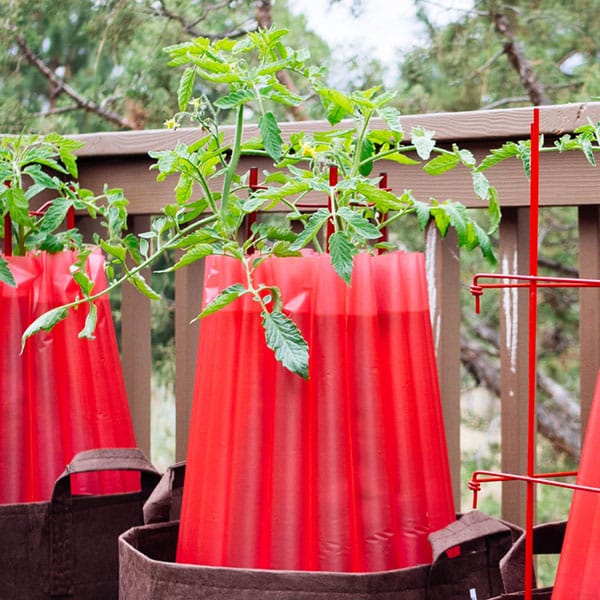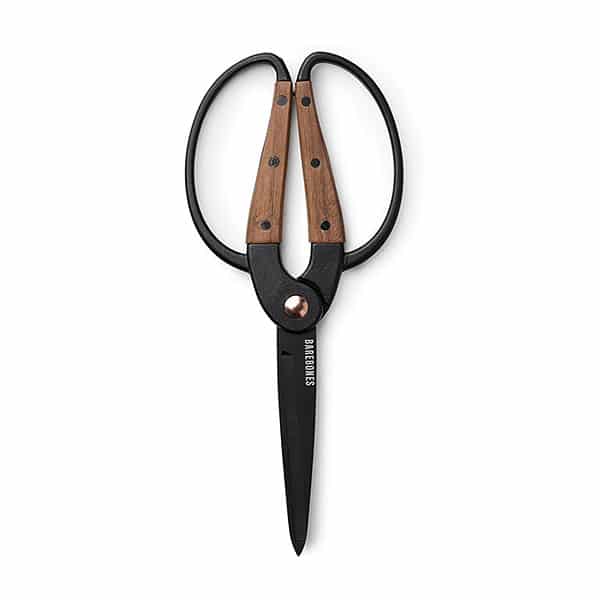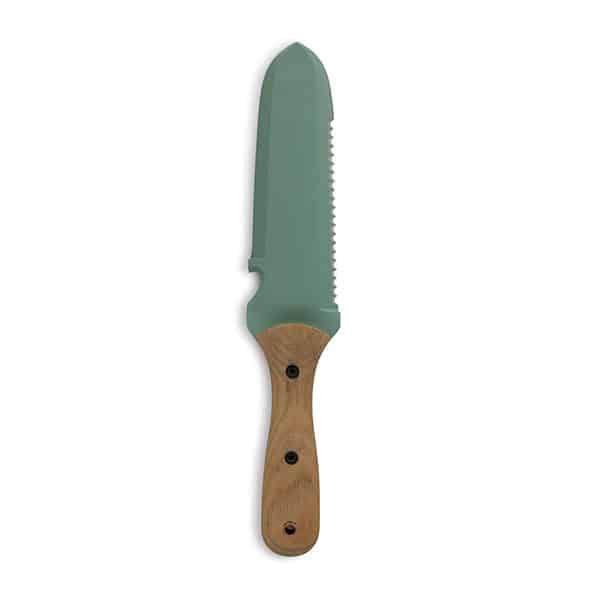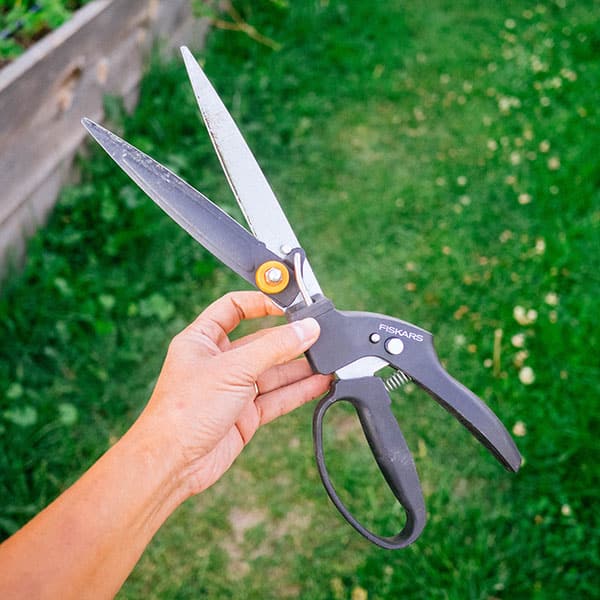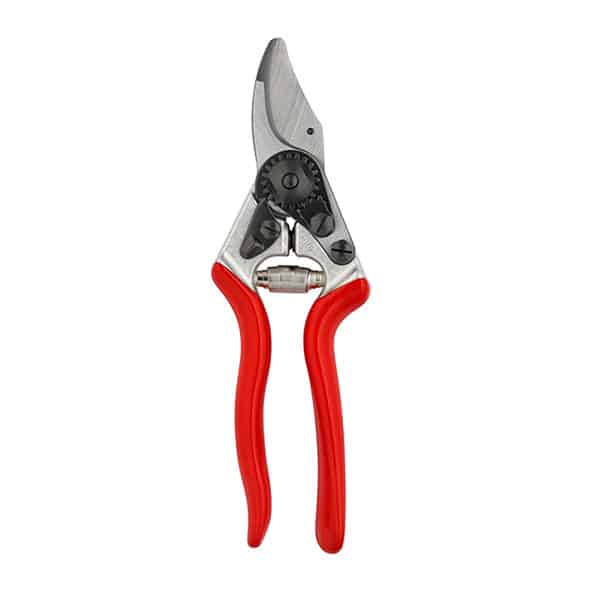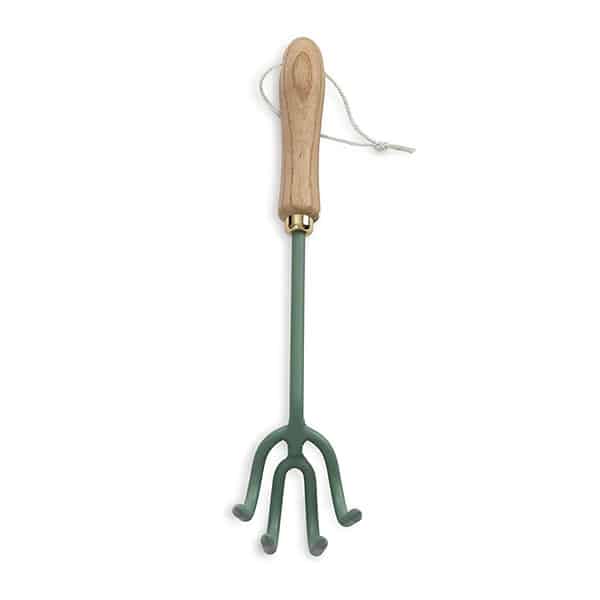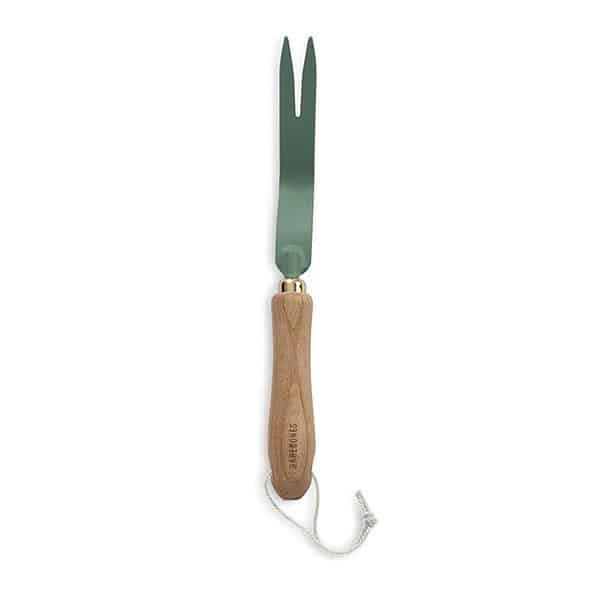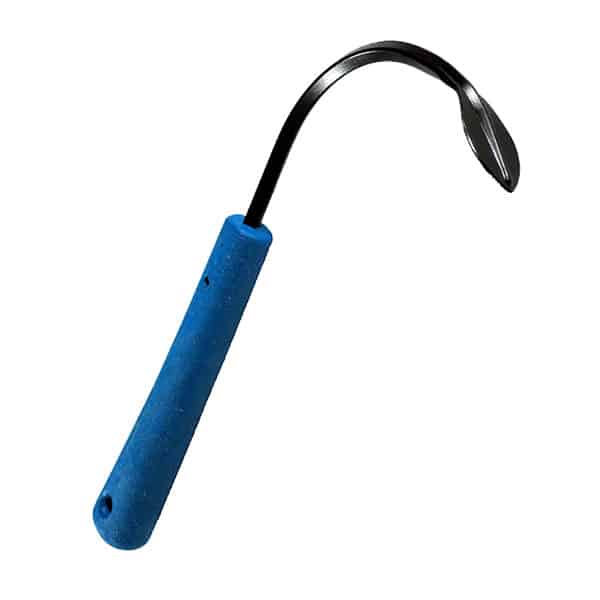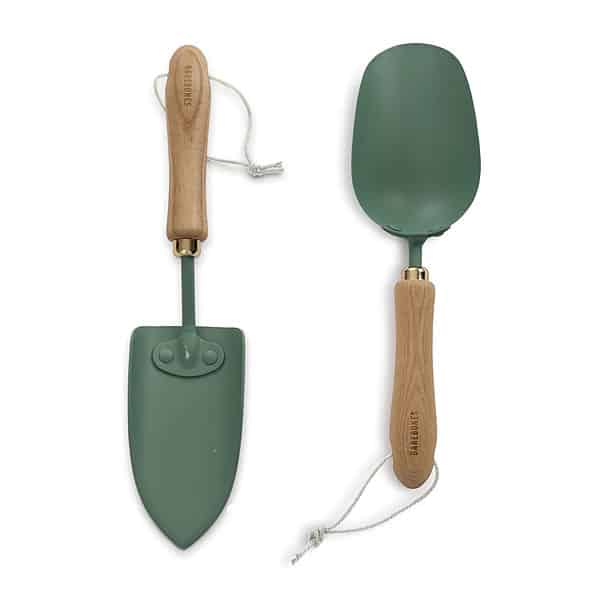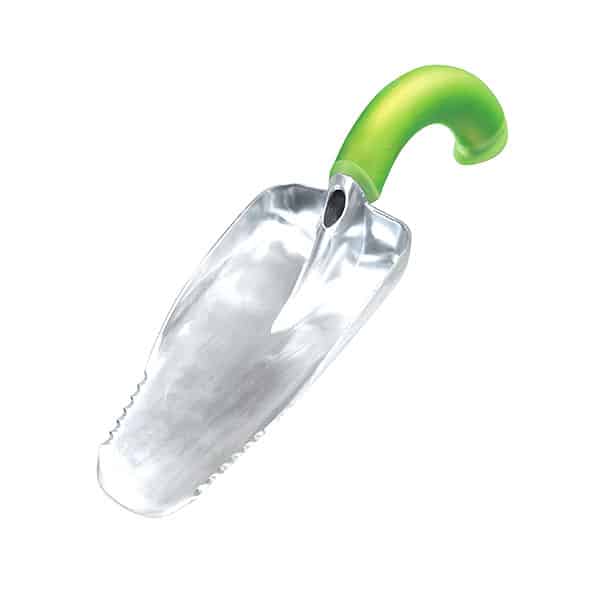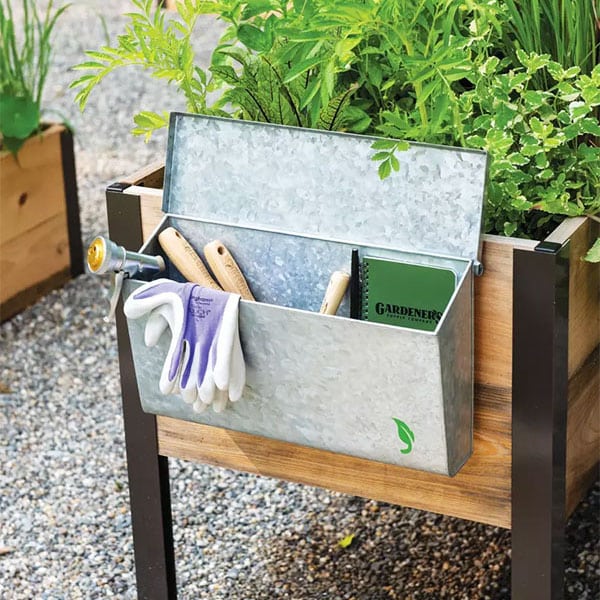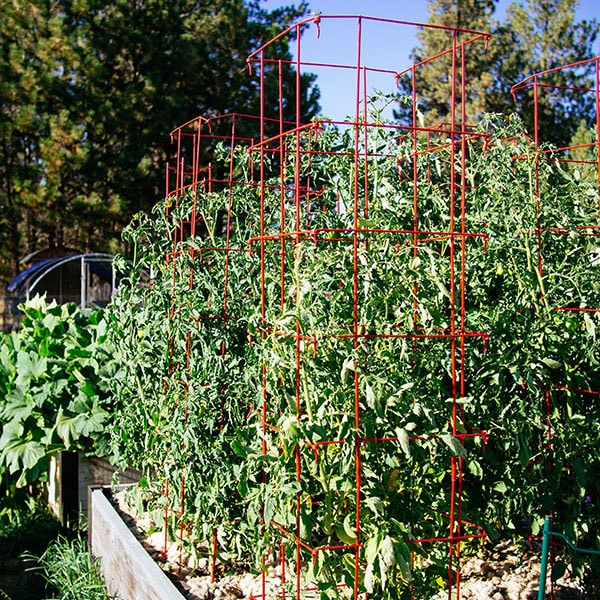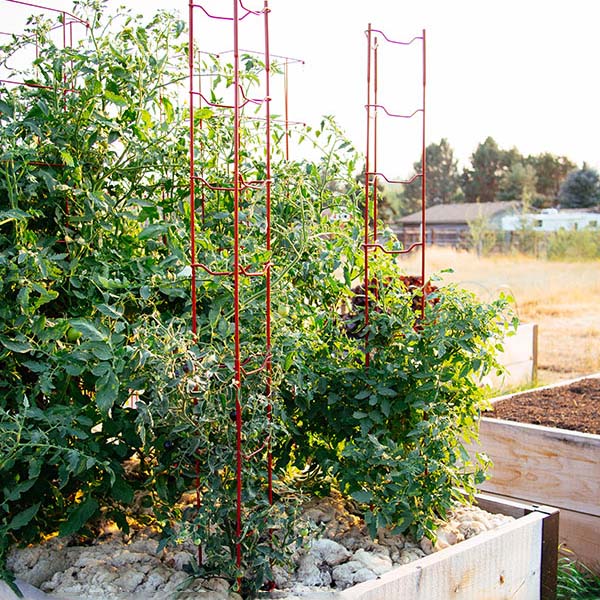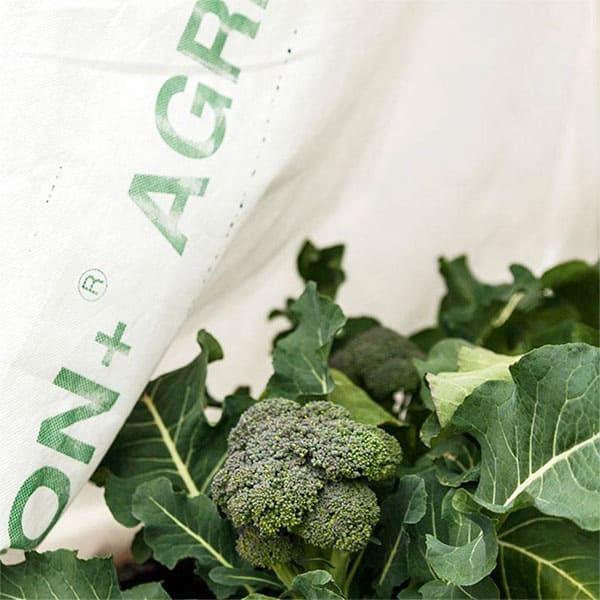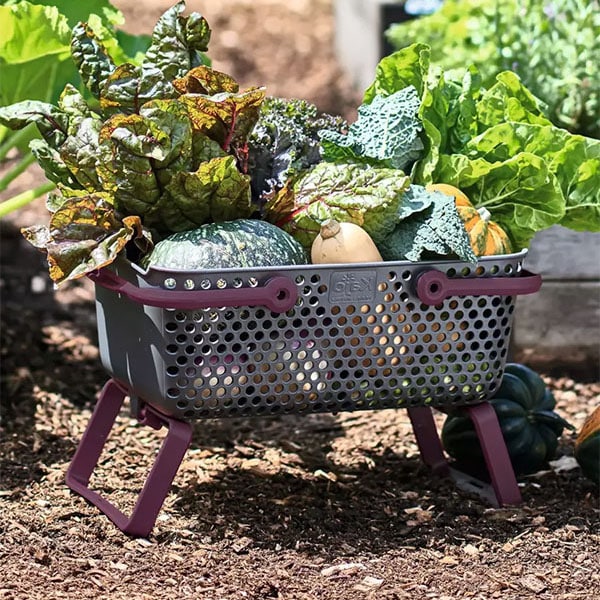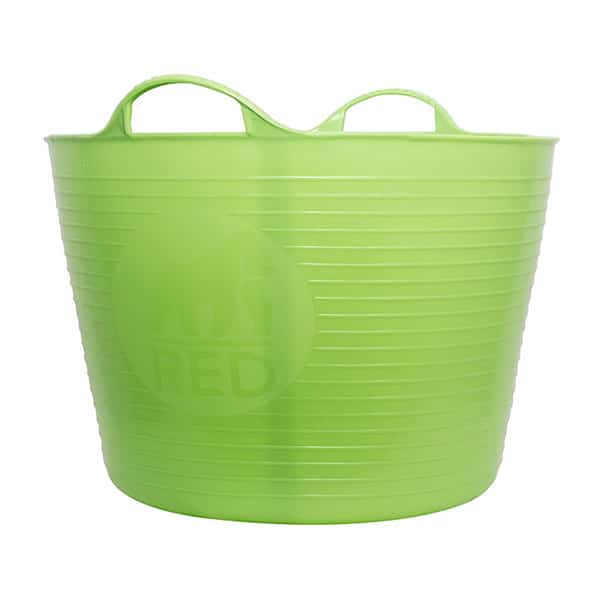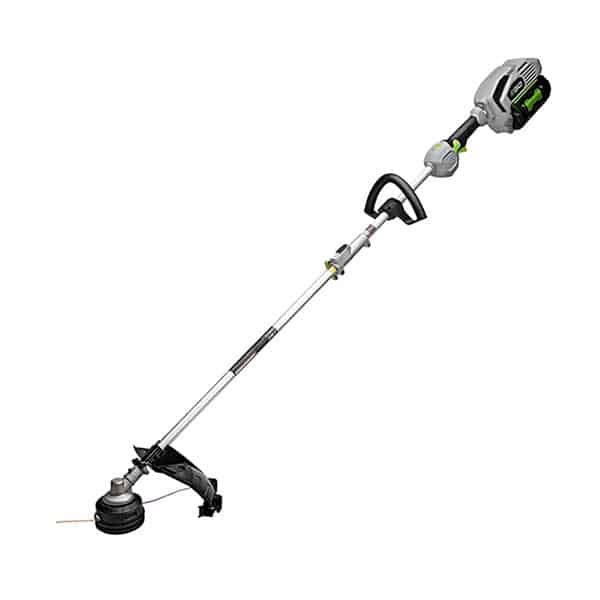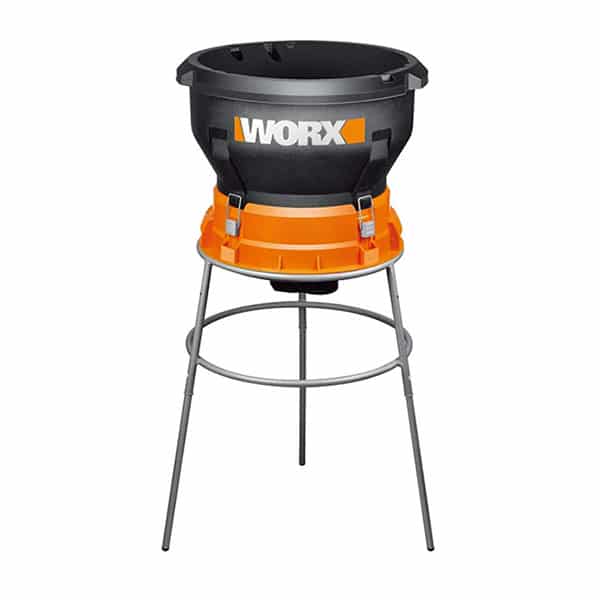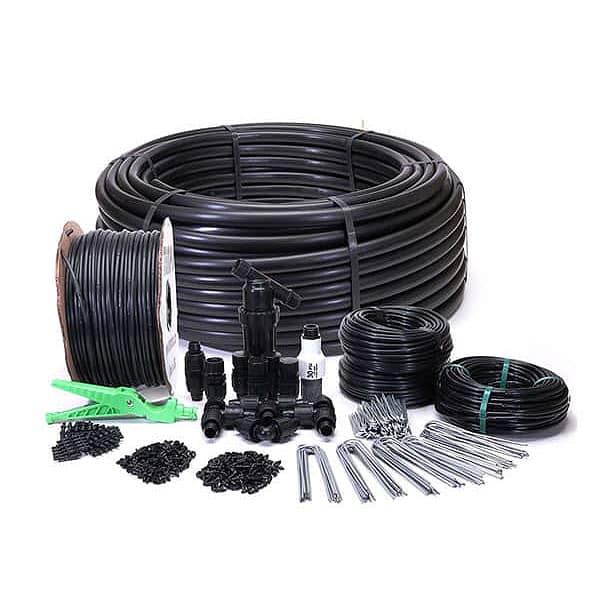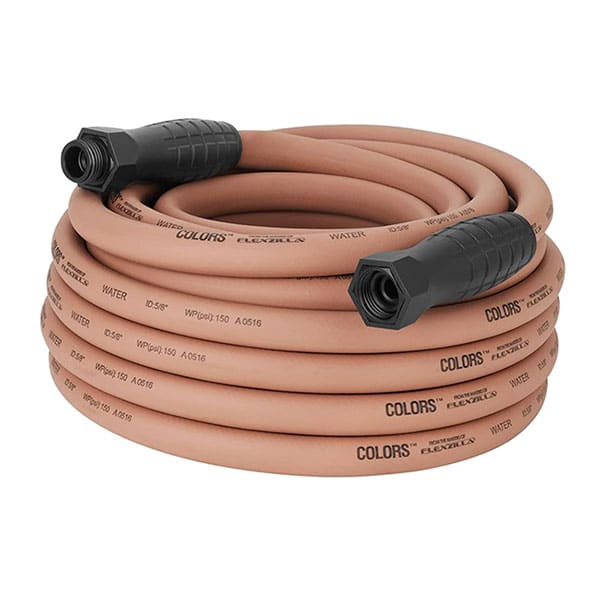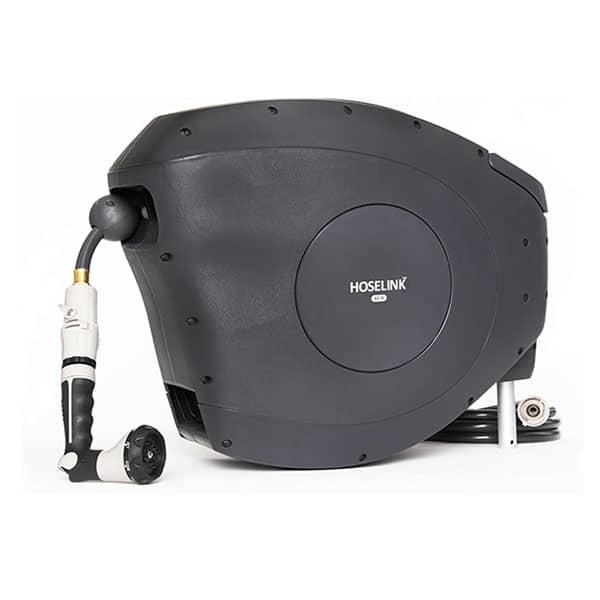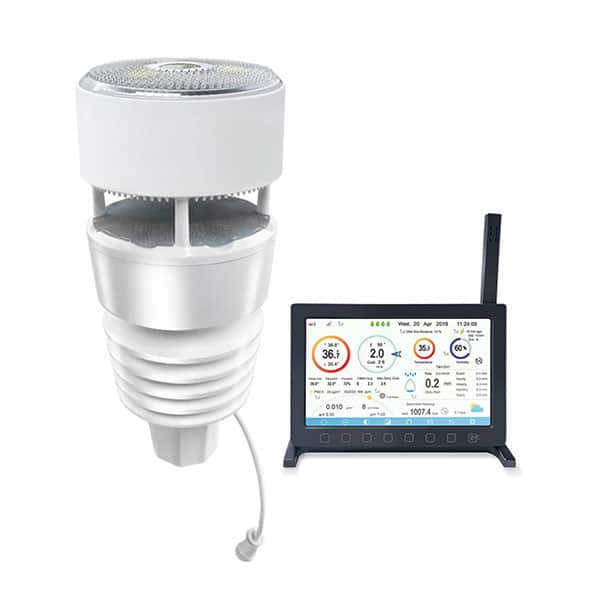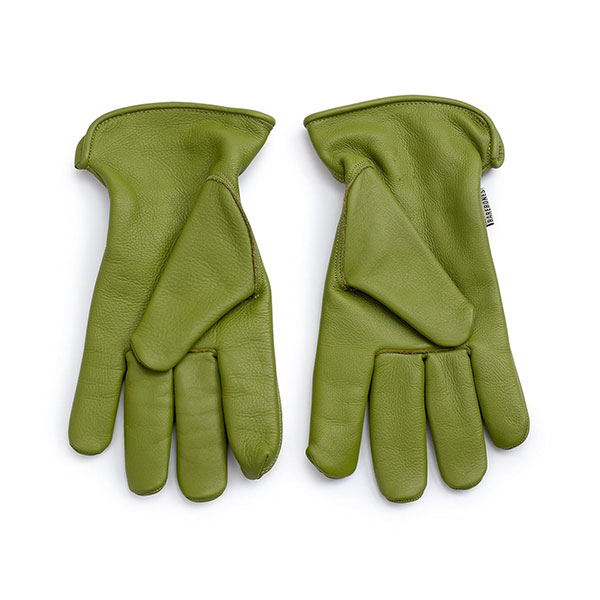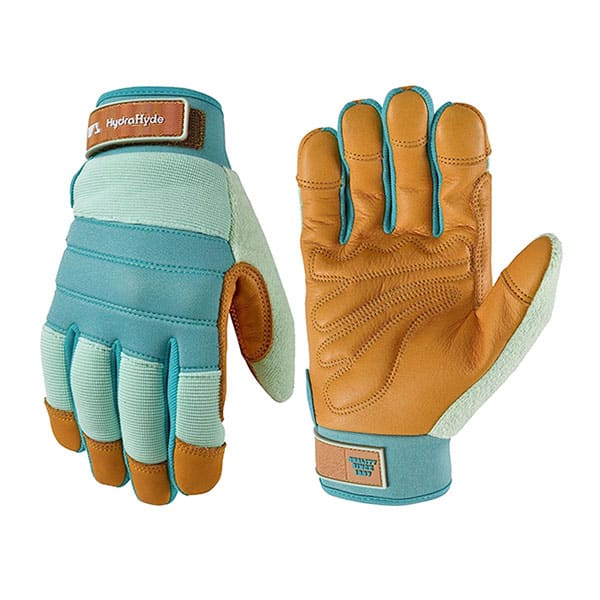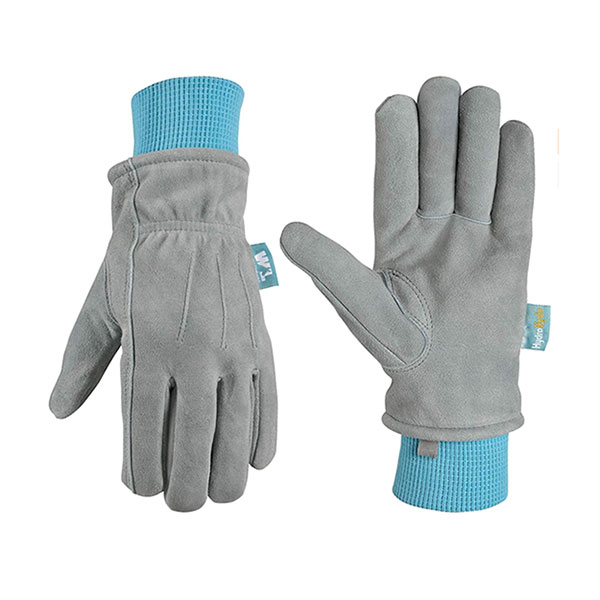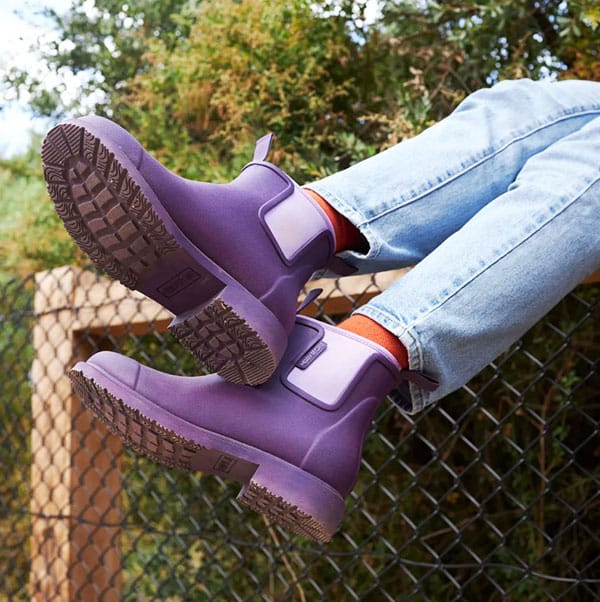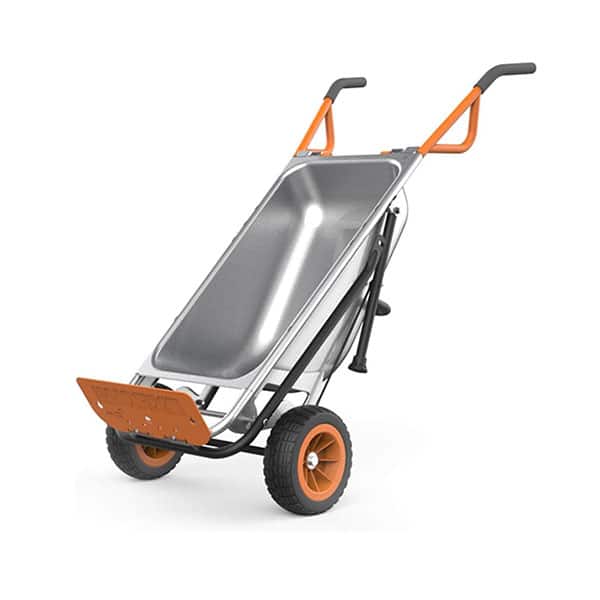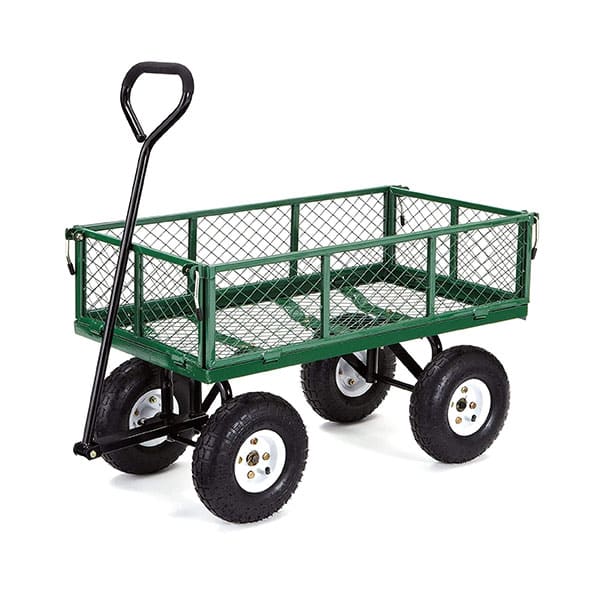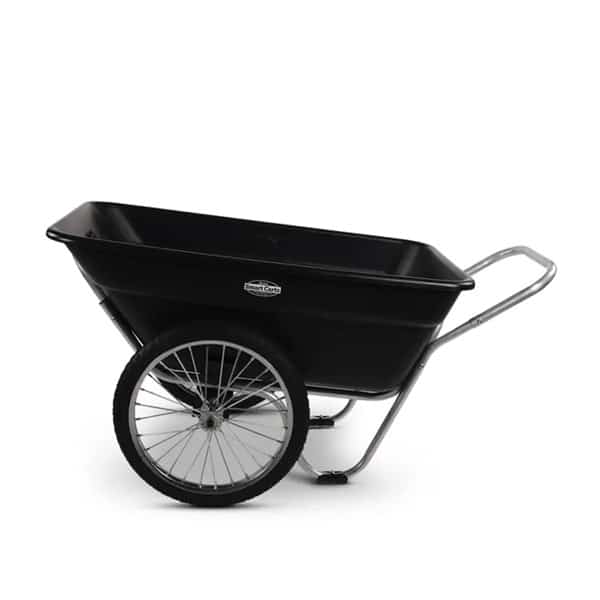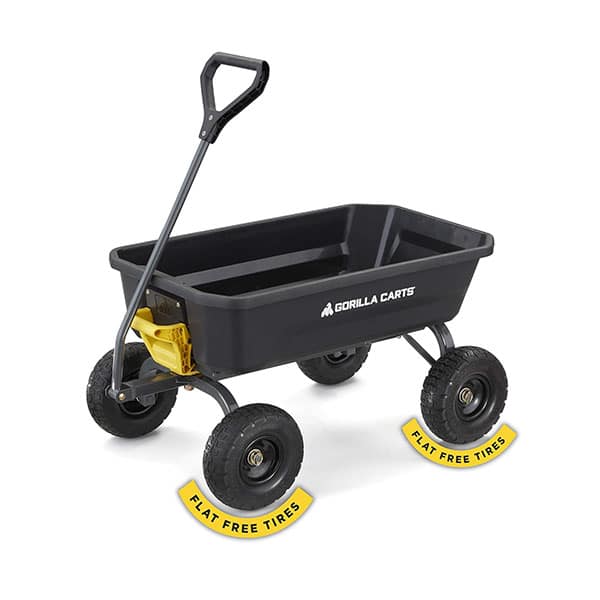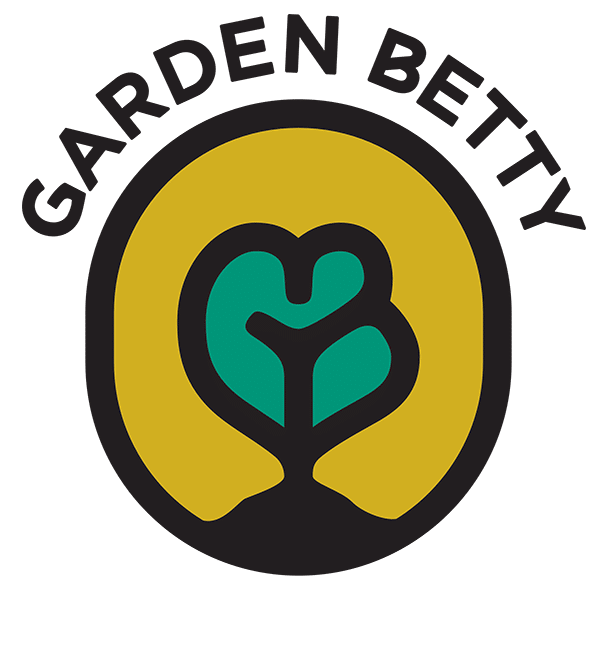Gardening
I’ve bought, used, broken, given away, and thrown out a lot of gardening tools and supplies over the years, and these are the things that have stood the test of time, all kinds of weather, and a hard-working garden. They’re what I consider essential for all my yard work and I use them so much that I often have multiples of my favorite items!
Air pruning trays make it so easy to grow healthier root systems and stronger seedlings, since they never get root-bound before transplanting. Bonus: the trays come in lots of fun colors!
Along with air pruning trays, I use these inserts for all my seed starting. They help keep groups of plants organized and the inserts have the same air pruning technology as the trays.
I use these shallow 1020 trays under my air pruning trays to bottom water seedlings. You can also use them to grow microgreens. They are the most durable trays I’ve ever used!
I prefer larger cells for starting most seeds so I don’t have to up pot multiple times. This versatile set includes a cell tray with small pots that can be used together or on their own.
Humidity domes help retain warmth and moisture for starting seeds indoors, and I particularly like these short ones with adjustable vents, since they aren’t as bulky as the standard tall domes.
This is what I use for my indoor seed starting setup, and it neatly holds up to 20 standard trays. The wheels are key for moving the unit so I can easily clean under and behind it.
Full-spectrum grow lights will always produce stronger seedlings, and these days, powerful and energy-efficient lights are very affordable. I hang two of these light bars above each shelf of seedlings.
I run these small fans near my seedlings for a couple hours a day to help them grow thicker stems and become more resilient. Each fan simply clips on to a shelf and can run on a timer.
If your seed starting setup is in a cooler part of your home, a heat mat can speed up germination times and keep the ambient air warmer around your seedlings.
I rely on this surge protector for my indoor seed starting setup, which has four timed outlets and four regular outlets so I can run all my grow lights, fans, and heat mats without hassle.
I’m a fan of making my own seed starting mix at home when I can, but have also used this ready-made soilless mix with great results. Be sure to thoroughly hydrate the mix before it goes in your seed starting trays!
I typically bottom water my seedlings, but use a sprayer for seeds and new sprouts. This one holds 48 ounces and delivers a nice fine mist that won’t damage tiny stems.
I didn’t know I needed this multifunctional tool until I got it! It’s a small trowel, widger, and dibber in one, making it extremely useful for starting seeds indoors or outdoors, potting up seedlings, and transplanting.
Think of this as a spoon-sized shovel—I’ve used mine for years to remove seedlings from trays, transplant seedlings, and repot houseplants. It’s tiny but mighty, with a heavy-duty steel blade.
Once the cotyledons fall off your seedlings, it’s important to give them a quick boost of nutrients if you aren’t planting them outside right away. I’ve been using this formula for over 12 years!
Forget Sharpies (even the industrial kind)—THIS is the only truly permanent marker that’s withstood the elements in my harsh Central Oregon garden, through high desert sun, rain, ice, and snow.
This great big tub is so useful in the garden! I rehydrate coco coir blocks, mix seed starting soil, and store compost in it. It’s water-tight and rust-proof, and holds up well outdoors.
I do most of my potting and repotting in the garage, and this tray helps me keep the mess contained. It easily holds several pots and a mound of soil, and is light enough to carry outside when needed.
Every year I’m able to transplant my tomatoes and peppers weeks before the last frost, thanks to these teepee-shaped plant protectors. Just fill the tubes with water for a simple layer of insulation.
Of all the gardening tools I own, scissors are my most-used tool—I keep a few pairs of these heavy-duty scissors around the yard for harvesting, trimming plants, cutting twine, and opening bags and seed packets.
Next to scissors, a hori hori (sometimes called a soil knife) is my next go-to. I use this sharp, versatile tool for cutting, digging, scooping, transplanting, and weeding.
This tool is billed as a grass trimmer—and you can certainly use it for that—but I love it for cutting back plants quickly and easily. The head swivels a full 360 degrees so you can trim at any angle!
I’ve tried a lot of pruners, and these Swiss-made shears have consistently worked better than anything else. I love how the ergonomic design feels in my hand.
This cultivating tool helps loosen soil before planting, but what I like to use mine for is lightly raking in lettuce seeds after I scatter them over the soil.
They call this a dandelion weeder, but it also works on other tough weeds with thick taproots. The angled design and forked tip gives you plenty of leverage to pull up stubborn plants.
Both of these tools are must-haves in my garden. The one on the left is your classic everyday trowel, and the one on the right has a wider deeper bowl for scooping compost and soil.
I love the extra large, serrated bowl on this scooper, which can slice through and move a lot of soil at once. It’s like a baby shovel you can comfortably hold in your hand.
Hang this weatherproof tool caddy on a fence, shed, or the side of your raised bed to keep hand tools within easy reach. I have two of these mounted to my tall raised beds.
The best tomato cages, hands down. I’ve had mine for over 10 years! They support massive tomato vines but also fold away neatly for storage. I use the taller towers for indeterminate plants and the shorter cages for determinate varieties.
Versatile and stackable ladder trellises. I use one trellis for peppers, fava beans, tarragon, and other tall, top-heavy plants; stack two trellises for bush tomatoes; and stack three for indeterminate tomatoes.
I use medium-weight frost covers in my garden year-round, and can even grow vegetables in winter (down to single-digit temps) with just one or two layers of frost cloth over them.
I own several different sizes and use them all over the yard. I love how tough, strong, UV- and frost-proof they are while still being flexible and lightweight. (I especially like this garden colander, which fits inside the 7- and 11-gallon tubs.)
My husband’s favorite brand of electric tools! Although we use the string trimmer most, this is so much more. The Power Head lets you swap and attach multiple tools, including a pole saw, edger, and hedge trimmer.
I make my own leaf mulch with this dedicated mulcher. It’s super easy to operate and can shred up to 53 gallons of leaves per minute! I pair mine with this collapsible leaf bin, which fits perfectly underneath.
I’ve been a longtime user of their drip tubing and drip tape, and installed their garden bed kits and components in all of my gardens. Use code GARDENBETTY for 5% off.
For a truly kink-free all-season hose, look no further. I’ve had mine for many years and it’s survived some brutal weather and rough handling.
If you hate coiling up or tripping over hoses, this retractable, auto-rewind, swiveling hose reel keeps your yard neat and tidy. You can mount it on a wall or a freestanding post.
Track rainfall, temperature, humidity, wind, and more. This helps me prepare the garden for frost and also connects to soil moisture meters that I put in my beds outside.
These buttery-soft leather work gloves have great dexterity and durability. My go-to for most yard work.
I like these gloves for cooler weather and heavier-duty tasks around the yard. They’re warm and tough without being bulky or stiff.
It’s cold in my garden for half the year, and these are the best insulated work gloves I’ve found. They’re fleece-lined yet flexible enough to work in.
Absolutely love my Bobbi ankle boots for gardening, getting wet/muddy, or just running around town. They’re super warm and so comfortable!
This Aerocart is a workhorse! It’s a cart, wheelbarrow, dolly, and plow that’s also light, nimble, and narrow enough to easily maneuver through any garden.
I use mine for hauling tools and buckets, plants and pots, and big harvests from the garden to the house. It’s a must-have for every gardener.
Essentially a wheelbarrow but way more stable. I like that I can easily push or pull a full load of mulch or compost through the yard and it handles corners and narrow paths like a champ.
If you’re wondering whether you actually need all four types of carts for your yard, I say yes! I use this one year-round for firewood, compost, mulch, and yard debris—the dump feature is key!

